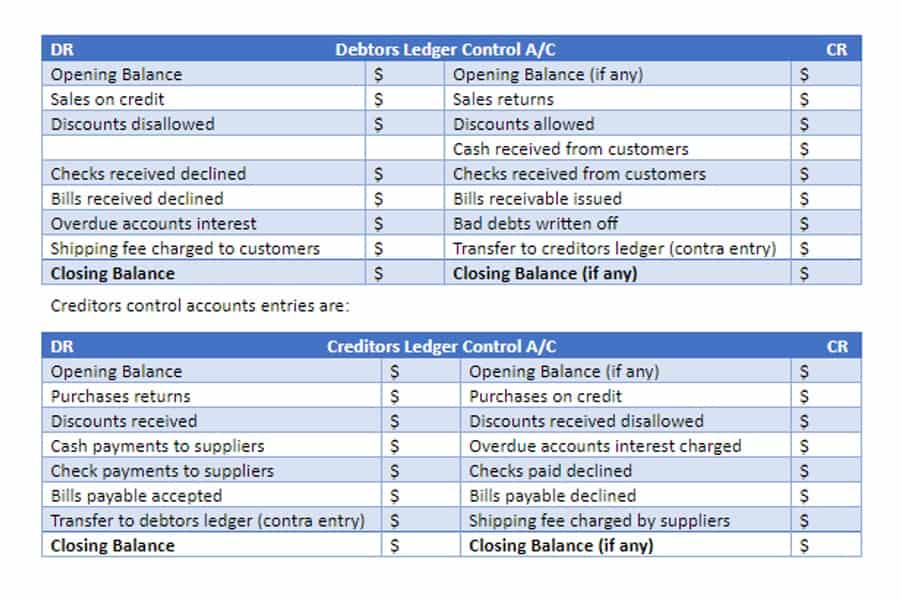
In the example above, the number of shares outstanding has increased since the balance sheet date. Note that the latest information on the number of shares outstanding is nearly 2 months after the balance sheet date. In this case, the same result could have been achieved by multiplying the 111,000 shares how to calculate outstanding shares from income statement from Example 1 by a factor of 2. This shortcut is used to adjust the average outstanding shares for earlier years covered by comparative statements. Thus, the denominator is expressed in terms of the type of common share that exists at the time the financial statements are released, rather than the type that exists when the earnings were achieved.
- If the shares were not weighted, the calculation would not consider the time period during which the shares were outstanding.
- Divide the company’s net income by the earnings per share to find the number of outstanding shares.
- Conversely, falling earnings per share can lower a stock’s market price.
- When the number of outstanding shares is changed by a stock dividend or split, the firm’s earning power is not affected.
- Once you know how to calculate the outstanding shares, you can use this number to calculate a number of valuation metrics, or measures of a company’s performance and future earnings potential.
Cumulative Preferred Shares

If companies are in the same industry, that comparison may be more valuable than if they are in different industries. Basically, EPS should be a tool used in decision-making, utilized alongside other analytic tools. There are inherent risks involved with investing in the stock market, including the loss of your investment. On the balance sheet, there is a line item description that states the number of shares outstanding.
Treasury Shares
- The information is also available on stock data websites like Stock Analysis.
- Finally, outstanding shares are different than authorized shares, or the number of shares that a corporation is legally allowed to issue.
- The life of common stock goes through a few phases, and understanding each step is important for putting the common-stock-outstanding number into proper perspective.
- To illustrate, assume that a corporation began the year with 600 shares of common stock outstanding and then on April 1 issued 1,000 more shares.
- A company could issue new shares, buy back shares, retire existing shares, or even convert employee options into shares.
- This implies that before common shareholders can claim the assets in a company, bondholders, preferred shareholders, employees, and creditors must be repaid completely.
For example, https://www.facebook.com/BooksTimeInc/ if a company makes 8 dollars per share instead of 10 USD, which it could have quickly paid out, then the $2 withheld from each shareholder is considered retained earnings per share. A pro forma or continuing earnings per share is a variant of earnings per share that excludes one-time events and extraordinary occurrences. This implies that preferred shareholders do not have the ability to vote for the board of directors or a corporate policy.

Great! The Financial Professional Will Get Back To You Soon.
This extra amount is generally given to shareholders if the dividend payments made to common shareholders surpass the agreed amount set initially. Preferred shares are classified into cumulative preferred, non-cumulative, participating preferred, and convertible preferred stocks. Because they are generally entitled to a certain dividend and are reimbursed in the event of a company’s collapse, preferred stockholders have less risk than common stockholders.
There are several types of earnings per share, including cash, reported, continuous/pro forma, carrying value, and retained EPS. Investors should also be aware that companies can sometimes manipulate their reported earnings per share by using accounting techniques such as aggressive revenue recognition or creative expense management. When analysts or investors use earnings per share to make decisions, they are usually looking at either basic or diluted earnings per share. When a company has enough profit to pay shareholders but chooses not to, Retained earnings per share is the amount of money that would have gone to shareholders.

You can download these forms from the investor relations section of the company’s website or from the U.S. Typically, you can find earnings per share on the very bottom of the income statement. The statement might also list diluted earnings per share, but focus on just the basic earnings. As a general rule, higher basic EPS values signal greater firm value as in these cases, the market will tend to be willing to pay a premium for each share of a company’s equity. In this case, the preferred stock dividend must be deducted to get the net income used for the basic EPS calculation. The notes state that the preferred stock dividend is treated as equity, so we have removed this in the adjusted earnings calculation.

Asset sales, big finance and partnership with a legend ????
A stock split occurs when a company increases its shares outstanding without changing its market cap or value. Companies can also undergo reverse stock splits or consolidate shares. As a real-world example, here is some information from Johnson & Johnson’s 2014 year-end balance sheet. The company has 4.32 billion authorized common shares, of which 3,119,843,000 have been issued as of December 31, 2014.
- It is calculated by dividing the net profit by the outstanding shares of common stock.
- Common shares are types of stocks that show partial ownership in a company.
- If that’s the case, congratulations, you don’t need to do any calculations.
- Because of their right to vote for corporate policies and elect board members, common shares are also known as ordinary shares or voting shares.
- Dividing the number of shares to be purchased by the number of shares outstanding reveals the percentage of ownership that the investor will have in the business after the shares have been purchased.
How to Calculate Shares Outstanding From a Balance Sheet
Floating stock is a narrower way of analyzing a company’s stock by shares. It excludes closely held shares, which are stock shares held by company insiders or controlling investors. These types of investors typically include officers, directors, and company foundations. As we’ve already seen, the number of a company’s outstanding shares can vary over time, sometimes fluctuating a great deal. A company could issue new shares, buy back shares, retire existing shares, or even convert employee options into shares. The shares can be grouped according to the length of time that they were outstanding.
Factors like stock buybacks or issuance of new shares can alter the number of outstanding shares. The life of common stock goes through a few phases, and understanding each step is important for putting the common-stock-outstanding number into proper perspective. Let us understand the different types of outstanding shares equation through the explanation below. Find the company’s net income, which is located toward the bottom of the income statement. Net income is revenue minus interest, taxes, https://www.bookstime.com/ depreciation, cost of sales, direct labor and any other cost required to run the business. But in the case of mature industries in which low EPS figures are considered the norm, any companies with negative profitability are unlikely to receive favorable valuations.

